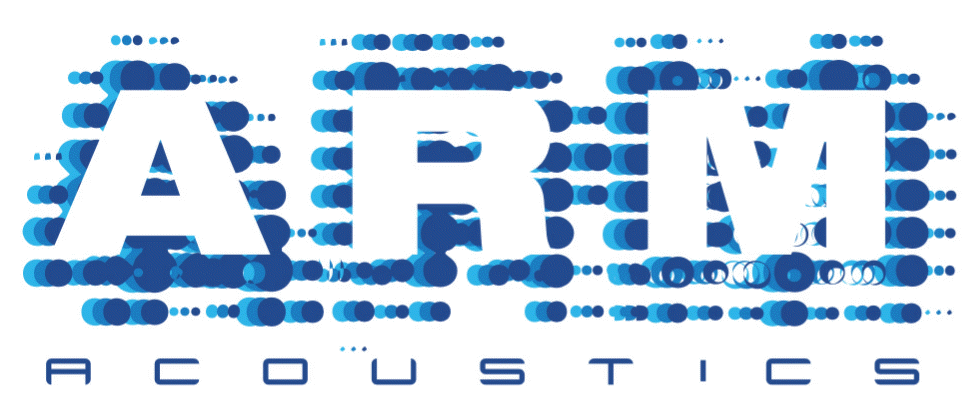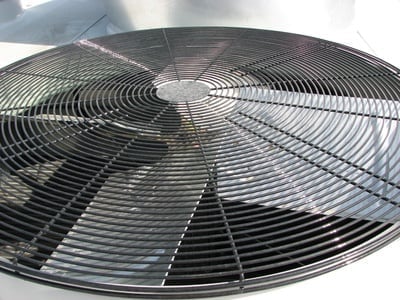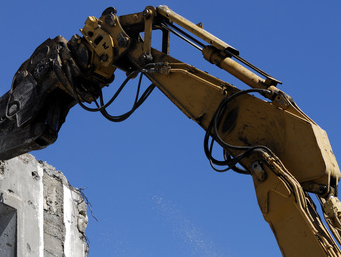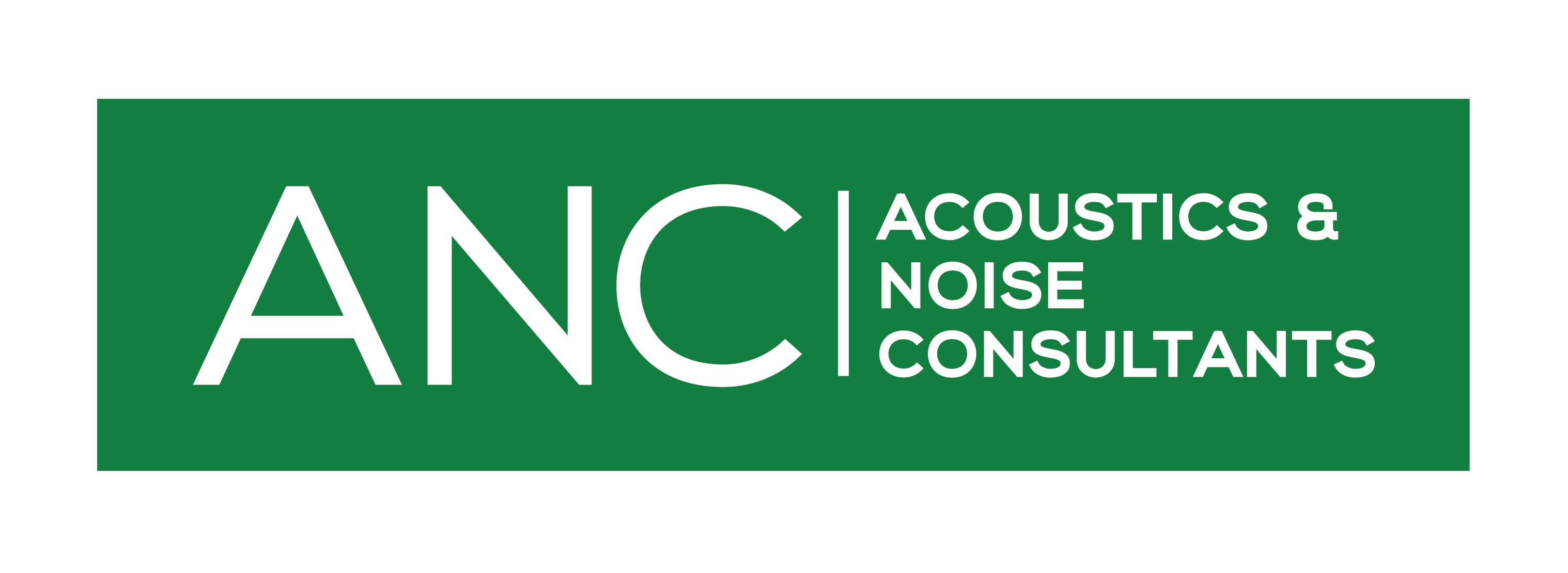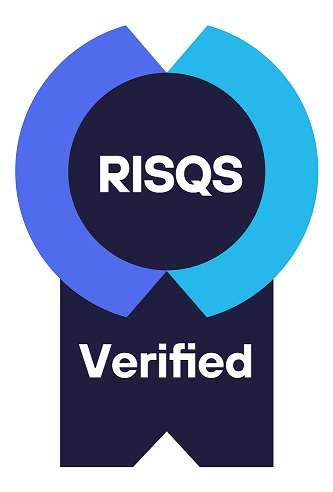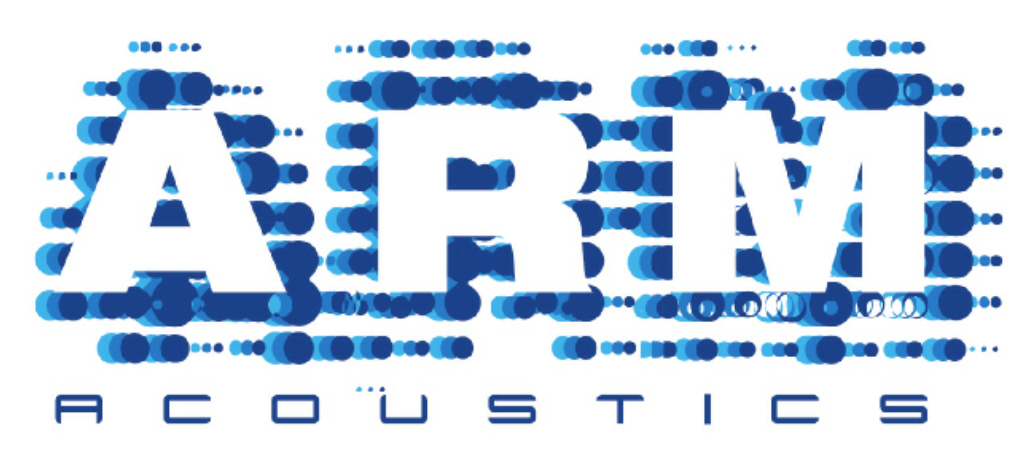Acoustics, noise and vibration
ARM Acoustics is an independent consultancy providing acoustics, noise and vibration expertise to residential, commercial and industrial developments and transport and infrastructure projects.
We provide professional advice to both private and public sector clients including developers, architects, planning consultants, contractors and others in the construction sector. Our range of services extend across the life of any scheme, from the early planning stages, through design and construction, to completion testing and commissioning.
Experience and reliability
The company was formed in 2007 and has worked on hundreds of projects of all sizes. Our experienced consultants provide a professional, high quality service, combining technical understanding and engineering practicality to provide value and meet the specific needs of the client.
Our consultants are Members of the  Institute of Acoustics. The company is a member of the
Institute of Acoustics. The company is a member of the  Association of Noise Consultants and verified by
Association of Noise Consultants and verified by  RISQS (Railway Industry Supplier Qualification Scheme) and
RISQS (Railway Industry Supplier Qualification Scheme) and  Constructionline, with
Constructionline, with  SSIP health & safety certification.
SSIP health & safety certification.
How can we help you?
Please contact us if you would like to discuss our services and understand how we can help you to deliver your specific acoustics, noise and vibration requirements. We are based in London, however we regularly work on projects throughout England and the UK.
News and updates
Updated permitted development rights for the installation of air source heat pumps (ASHPs) came into force to 29th May 2025. The legislative changes make it substantially easier for homeowners and landlords to install ASHPs without the need for planning permission. The main changes include:
- Allowing installation within 1m of the property boundary
- Increasing the maximum size of ASHPs to 1.5m3 in dwellings
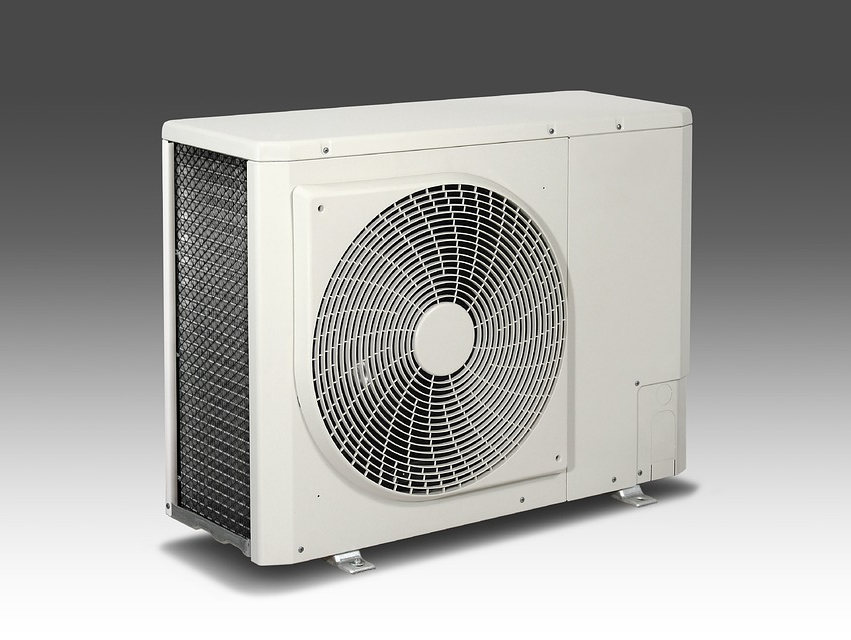
- Allowing upto 2 ASHPs for a detached dwelling
- Providing permitted development rights for air to air heat pumps that also provide cooling, in the same way as for air to water heat pumps.
 MCS 020a) standard for Air Source Heat Pump Sound Calculation has been updated to reflect the new requirements for noise and assessment to ensure compliance with the scheme.
MCS 020a) standard for Air Source Heat Pump Sound Calculation has been updated to reflect the new requirements for noise and assessment to ensure compliance with the scheme.ARM Acoustics are delighted that we have been shortlisted in the vibration category of the  Association of Noise Consultants (ANC) Awards 2024 for our joint entry with Ramboll.
Association of Noise Consultants (ANC) Awards 2024 for our joint entry with Ramboll.
Our work to assess potential risks from demolition and construction activities at 330 Gray's Inn Road will mean that the sensitive research activities of the UCL Ear Institue can continue unaffected during development of the scheme. Find out more about the project  here.
here.
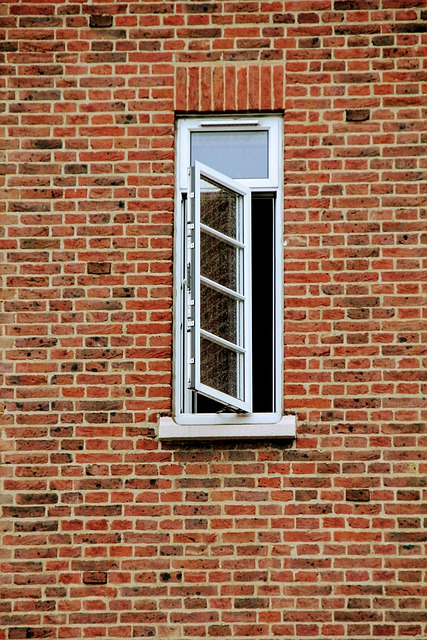
The Requirements of the Regulations
The Building Regulations Approved Document O ‘Overheating’ (AD-O) came into effect in England in June 2022. It introduces requirements for residential premises to limit unwanted solar gains in summer and provide an adequate means to remove heat from the indoor environment to prevent overheating. The regulations also require that account must be taken of the safety of an occupant and their reasonable enjoyment of the residence. Means of removing excess heat include:
- Opening windows
- Ventilation louvres in external walls
- A mechanical ventilation system
- A mechanical cooling system
It is, however, advised that mechanical cooling may only be used where sufficient heat cannot be removed adequately from the indoor environment by other means. The document also contains requirements relating to other matters, including noise, advising that when relying on opening windows to remove excess heat noise levels within bedrooms at night should not exceed stipulated limits, as follows:
- 40dB LAeq,T, averaged over 8 hours (between 11pm and 7am).
- 55dB LAFmax, more than 10 times a night (between 11pm and 7am).”
What does this mean for development?
A simplified method of demonstrating compliance is outlined based upon the site location (“moderate risk” in most of England, or “high risk” in much of London and parts of central Manchester), the presence of cross-ventilation and the ventilation free area. Based on typical assumptions necessary to satisfy the air flow requirements, the sound reduction for window openings is likely to be 4 dB for ‘high’ risk locations and 9 dB for ‘medium’ risk locations. This implies that in a “high risk” location where the external free-field sound level exceeds LAeq,8hr 44dB at night, or the LAF,Max exceeds 59dB - or 5dB more for “moderate risk” areas - then the simplified method cannot be used and dynamic thermal modelling is likely to be required to demonstrate compliance. For many urban areas or where properties are near to transport routes, it is likely that these noise levels may be exceeded across or in parts of the development.
The implications of AD-O are therefore significant for developers and their designers. Whilst Building Regulations are not necessarily a material consideration in any planning determination, the issue of ventilation and overheating and the means of achieving appropriate thermal and acoustic comfort is one that may affect the fundamental approach to scheme design and is likely to require extensive consideration throughout, from initial scoping and planning stages through to detailed design. Furthermore, the requirement may potentially impact residential schemes where noise might not otherwise have been identified as a potential constraint, or have required assessment for planning purposes.
Contact us, so that we can help you to achieve good acoustic design and ensure compliance with the Building Regulations.

The Institute of Acoustics (IOA) and Chartered Institute of Environmental Health (CIEH) and have launched two new  briefing notes on mitigating the potential noise impacts of heat pumps.
briefing notes on mitigating the potential noise impacts of heat pumps.
Air source heat pumps and ground source heat pumps generate noise and can potentially cause significant adverse effects on people living nearby. With heat pumps being part of the Government's strategy to reach net zero carbon emissions by 2050,  CIEH and the
CIEH and the  IOA have worked together to provide information on how to mitigate the potential noise impacts.
IOA have worked together to provide information on how to mitigate the potential noise impacts.
The briefing notes - one general and the other for professional use - set out advice to enable the use of heat pumps as a source of low carbon heating and cooling, whilst minimising the risk that sound and vibration from the units will cause significant adverse impacts or a statutory nuisance to anyone nearby.
